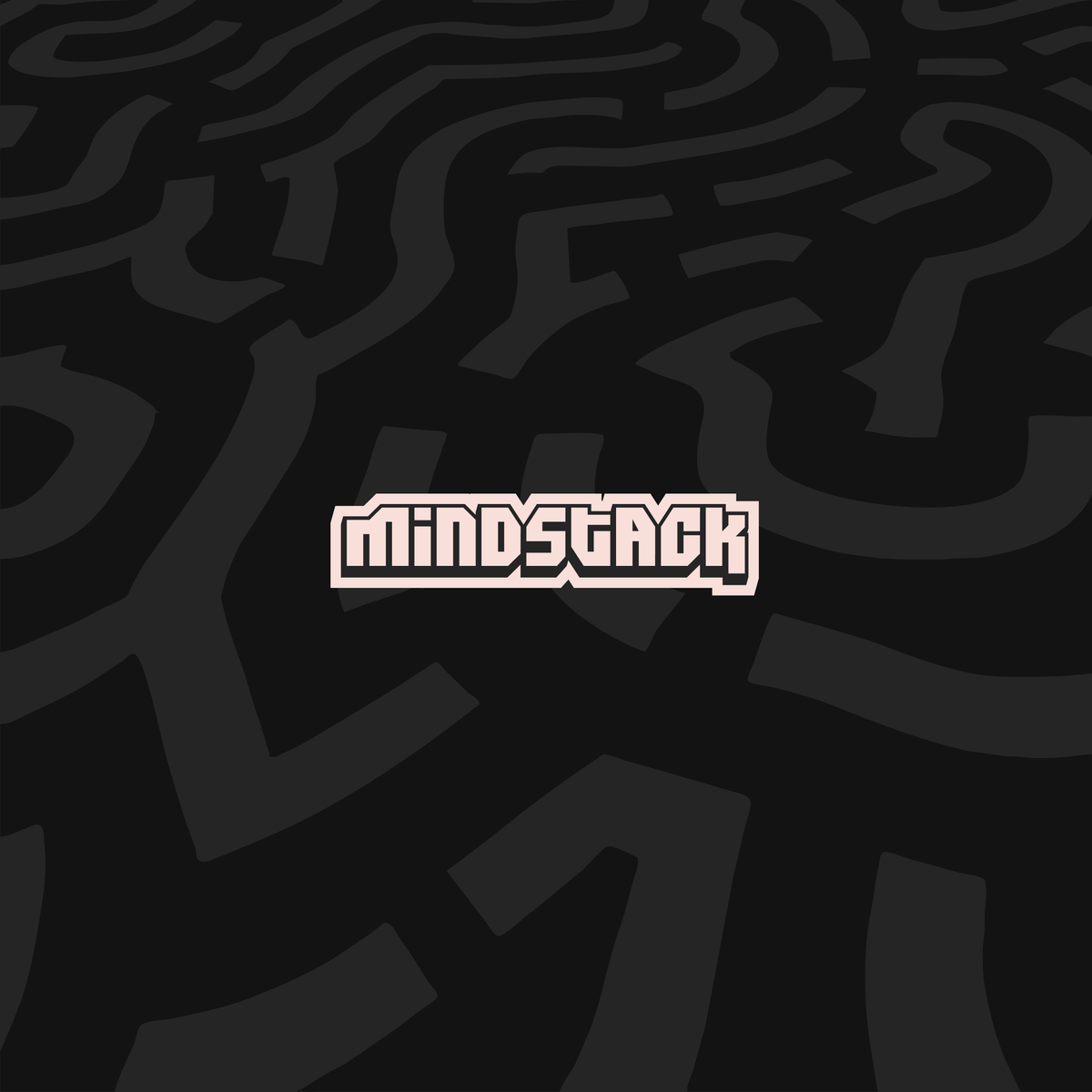In a world obsessed with speed, I’ve learned to fall in love with depth.
👋 Who I Am, and Why I Think Too Much
I’ve always been the kind of person who thinks — a lot.
Not in the abstract way people say they “like to think,” but in the way that I can’t help dissecting everything I see.
When I look at technology, I don’t just see infrastructure, code or whatever — I see logic, purpose, and a kind of quiet philosophy hidden behind every system.
That curiosity is what led me, back in 2016, to fall down the blockchain rabbit hole.
At first, it was just fascination. But soon, it became obsession. I wanted to understand why a decentralized system works, how it redefines trust, and what it says about our collective need for control and freedom.
Since then, my journey has taken me through cybersecurity, cloud computing, digital transformation, and even the overlay networks like that one "ION-DTN" who power NASA’s ambitious communication systems.
Today, I teach blockchain at the university level, guide research students, and consult on projects that challenge the very limits of digital infrastructure.
But beneath all that — I’m still just a thinker. Someone who believes that before we build, we must first understand.
🔍 The Power of Slowing Down in a Fast World
The internet moves at light speed. Everyone’s building, launching, scaling, shipping.
But in that rush, something gets lost — the art of reflection.
In a world where speed is worshipped, slowing down to think feels almost rebellious.
And yet, it’s in that pause that innovation truly begins.
I’ve learned that deep thinking isn’t about isolation; it’s about connection. It’s about linking seemingly unrelated ideas — from blockchain consensus mechanisms to the way neurons fire in the human brain — and seeing the patterns emerge.
That’s what MindStack is about: a place to connect the dots.
Not just between technologies, but between ideas, people, and possibilities.
🧩 From Systems to Stories
Over the years, I’ve supervised dozens of research projects, many focused on blockchain.
Each student brought a unique perspective, and every conversation reminded me of something essential — we all think in systems.
Whether you’re an engineer, an artist, or an entrepreneur, you’re always building something: a vision, a method, a dream.
And every system we build — digital or human — reflects our internal architecture of thought.
So, when I write about cybersecurity, I’m not just writing about firewalls or exploits.
I’m writing about trust — about what it means to create safe spaces in an unpredictable world.
When I write about cloud computing, I’m really writing about scalability of ideas — how we adapt and evolve.
Technology is just the medium. The real story is human.
🚀 Why MindStack Exists
MindStack isn’t just another tech blog.
It’s a laboratory for ideas — where code meets consciousness, and where reflection fuels innovation.
Every article you’ll find here — from technical deep dives to philosophical essays — has one purpose:
to make you think deeper, build smarter, and stay curious.
I want every reader to feel a spark of recognition — that quiet “yes, I’ve felt that too” moment.
Because whether you’re debugging a line of code or navigating your own life, you’re engaging with the same process: trial, error, resilience, and discovery.
🌌 Closing Thoughts
Technology evolves fast. But understanding takes time.
In an era of instant everything, slowing down to think deeply might just be the most radical act of all.
So, welcome to MindStack.
A space for reflection, exploration, and the architecture of thought.
Because every byte we grind, every idea we refine, builds the stack of who we are.



